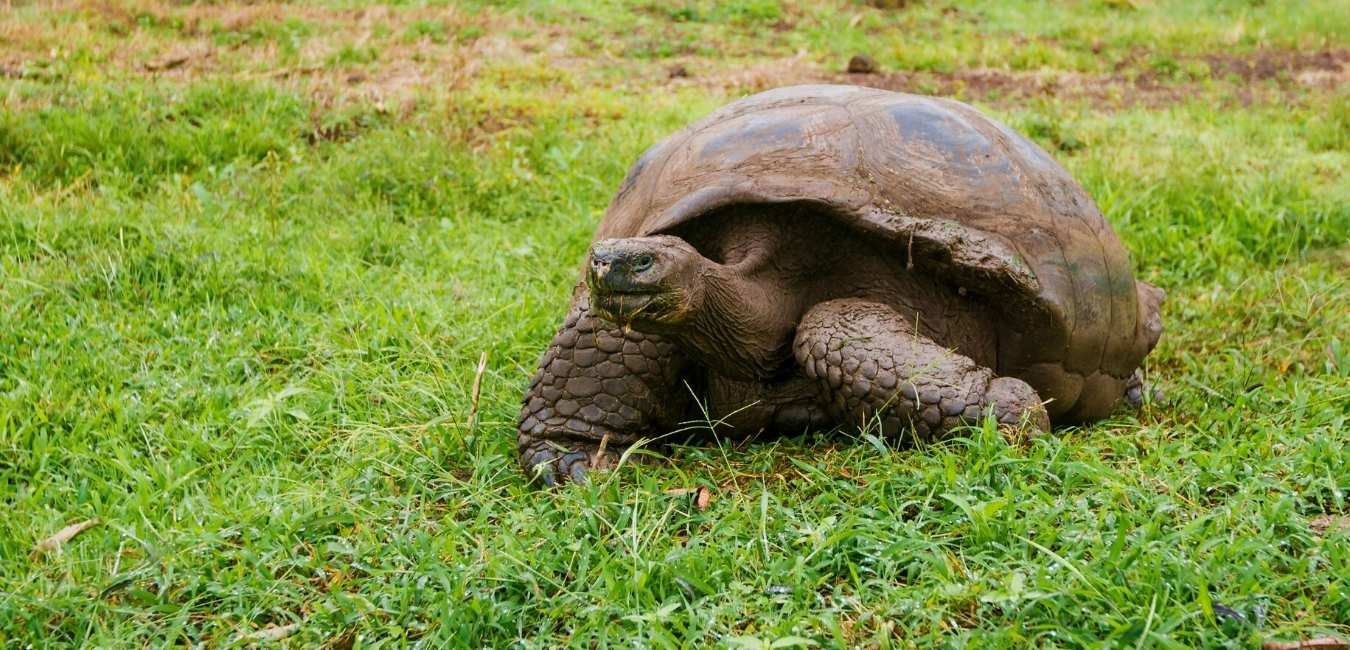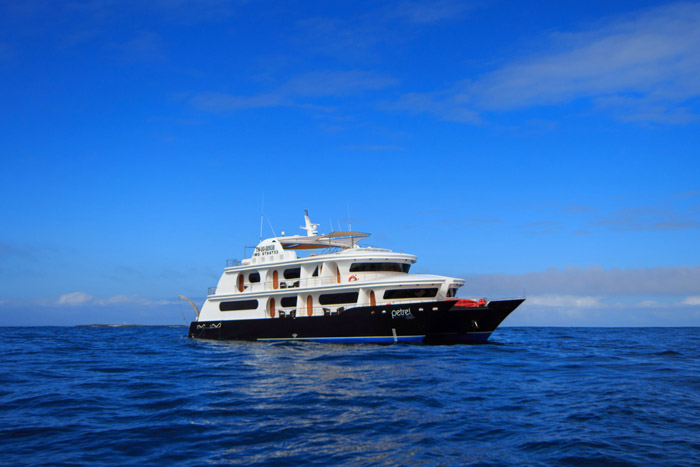Day by day
Map

Preview

Preview

Preview
Cruise Includes
Scheduled visits and activities with a professional bilingual guide
All meals on board, some snacks, purified water, tea and coffee
Accommodation in a standard cabin with private bathroom and air conditioning
Snorkeling equipment (mask, lenses, fins), sea-kayaks
Assistance at the Airport and 24/7 during the trip
Cruise does not include
Air tickets to / from Galapagos from / to Quito, Guayaquil or combined route
Entrance to the Galapagos National Park US $ 200 p.p. (cash in the Islands)
Galapagos Control Card US $ 20 p.p. (at the airport before check-in)
Wet-suits rental on board (in cash)
Soft and alcoholic drinks on board; personal expenses, extras and tips guide and crew (cash)
Travel insurance with medical, cancellation and other unforeseen coverage
Other services in Continental Ecuador and not specified in the program
Highlights
Close encounter the Waived Albatrosses and visit the Blow-hole at Española.
Taste delicious Ecuadorian and International dishes made by the yacht’s Chef.
Send your loved ones a nice post card from Post Office Bay.
A learning and fulfilling visit to Charles Darwin Station.
Incredible landscapes found only in Santiago Island.
An incredible live-filled pathway following Prince Phillip’s Steps at Genovesa.
Great snorkeling opportunity at Buccaneer Cove and other wonderful sites.

Preview